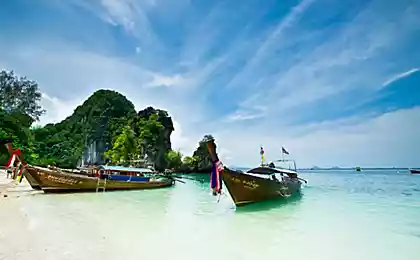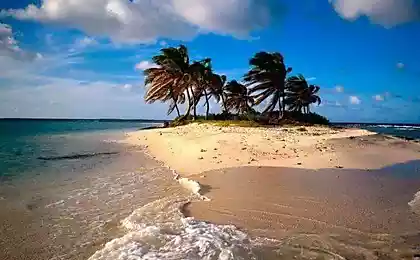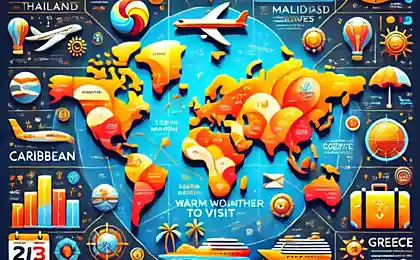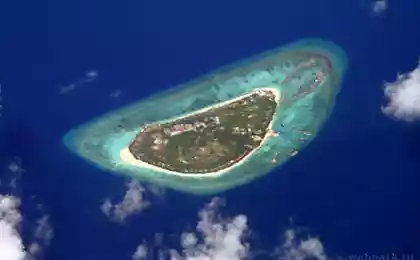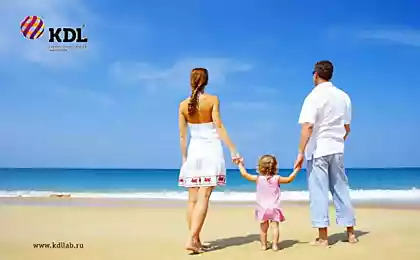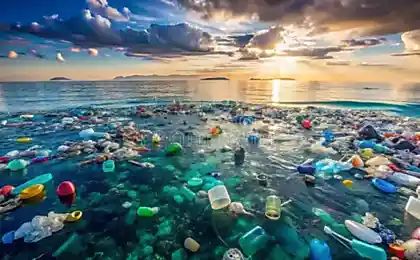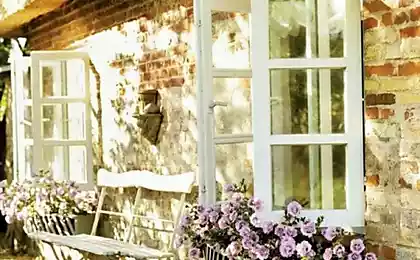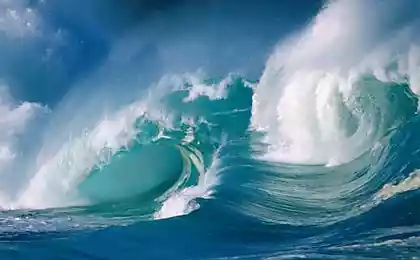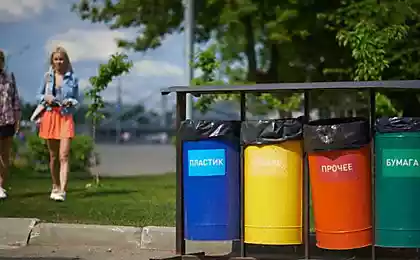1392
Maldives - and ocean debris
Although greenhouse gases often - a disease of the industrial world, and their consequences are visible just in developing countries and non-industrial areas. One such example is the population of the Maldives struggling with rising sea levels.
11 phot via Bigpicture
1. The capital of Male (pictured) - one of the most densely populated cities in the world. Nearly 104,000 people crammed on the island area of 1 sq. miles.
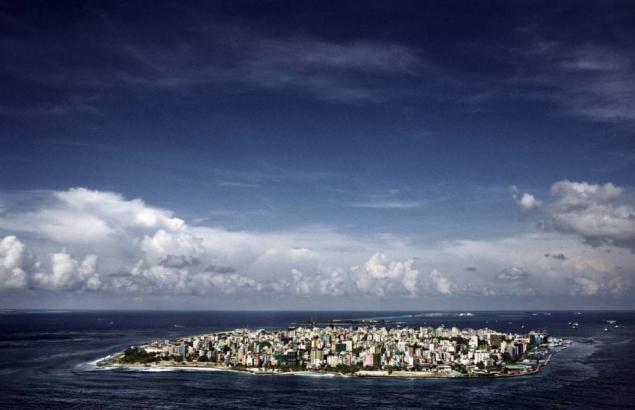
2. Male is only 91 cm above the sea level. To this was added sleep shallow water with sand and stones. This is closer to the outer island coral reef, reducing the ability of the reef to protect the land from storms and rising sea levels. To protect Male from storms and tides around the state was erected concrete barrier (part of it you see in the picture) $ 60 million. "I chose the Maldives, because this country is the closest to sea level - says photographer Francesco Zizola. - If what scientists say global warming is true, then the Maldives will be the first to go under water. " (Francesco Zizola / Consequences by NOOR)
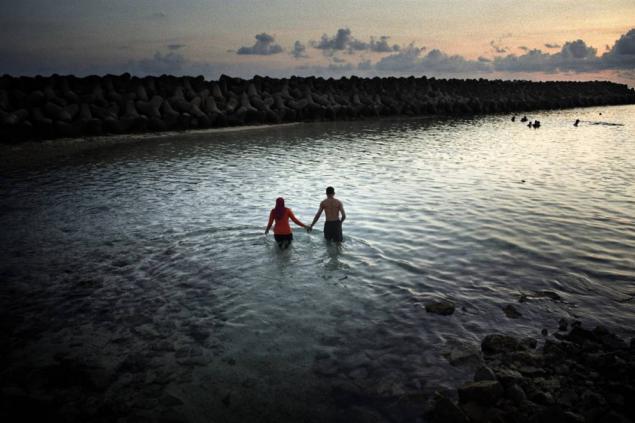
3. Residents often use low tide to collect stones and other materials to enhance washed areas close to their homes and businesses. Over the last century, sea levels around the world rose by 20 cm, mainly because of the melting of ice in Greenland and the Antarctic Peninsula, as well as due to the thermal expansion of water. 20 cm does not seem like much, but for every inch of the Maldives is vital. (Francesco Zizola / Consequences by NOOR)

4. Maldives plan to move to processing power, but still enjoys the diesel plant to generate electricity at Male. (Francesco Zizola / Consequences by NOOR)
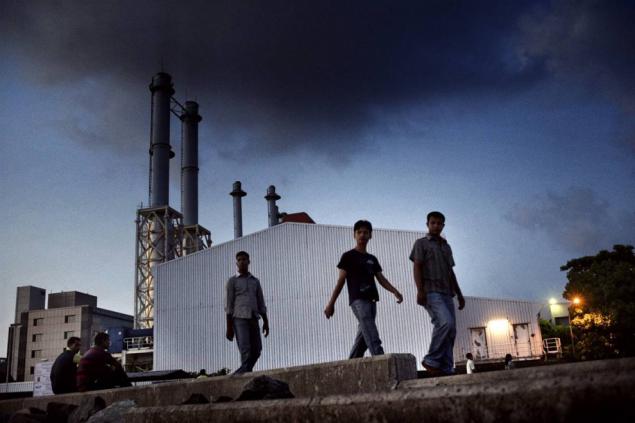
5. Laying of the sea wall, worth $ 60 million was funded by Japan. Wall encircles Male nearly 6 km long and is 3 meters in height. (Francesco Zizola / Consequences by NOOR)
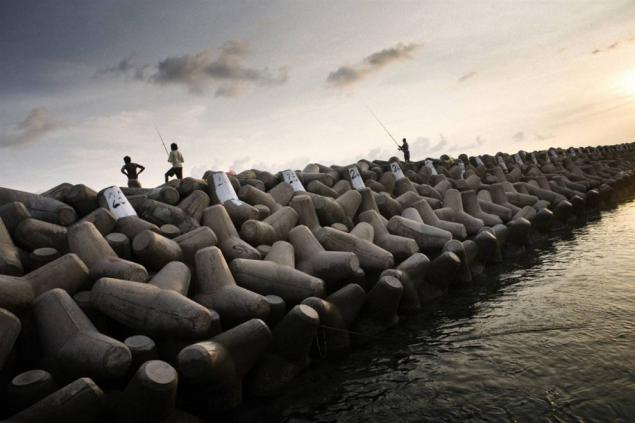
6. Sea level rise - not the only problem in the country. Sea oxidized due to carbon dioxide emissions, and this has a negative effect on fisheries and coral reefs, which are dependent on the hundreds of species of fish. Fishery is 20% of the GDP of the Maldives and provides some 22 000 jobs. (Francesco Zizola / Consequences by NOOR)

7. On the island Vilingili and other 1200 islands that make up the Maldives, collect sand. This is often illegally, mainly to maintain the cement industry, which makes the state more vulnerable to sea level rise, high tides and storms. (Francesco Zizola / Consequences by NOOR)

8. In addition to the problems of climate Maldives struggling with rubbish being left with locals and tourists. Most of the waste is sent to the island Thilafushi, also known as "Garbage Island". The former was once a vast lagoon, now this area is an island, after 1922 began to fill the lagoon waste. Most of the waste is burned workers. Cans, metal and cardboard are sent to India, but the garbage is not sorted. (Francesco Zizola / Consequences by NOOR)
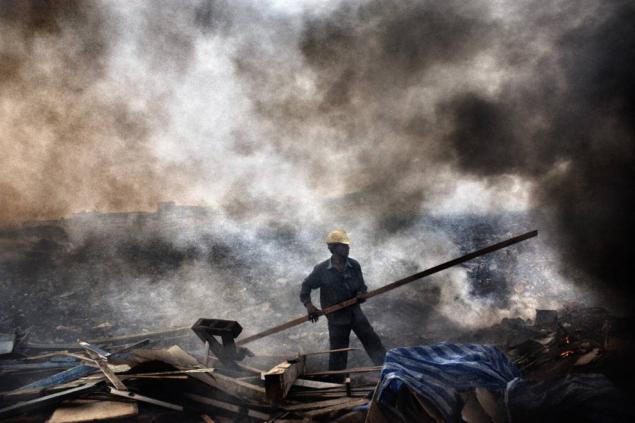
9. Residents Male hardly a symbol of the "green" life. Apart from fuel combustion for electricity generation and sending debris to another island, the capital of the Maldives is pumping raw sewage into the sea. (Francesco Zizola / Consequences by NOOR)
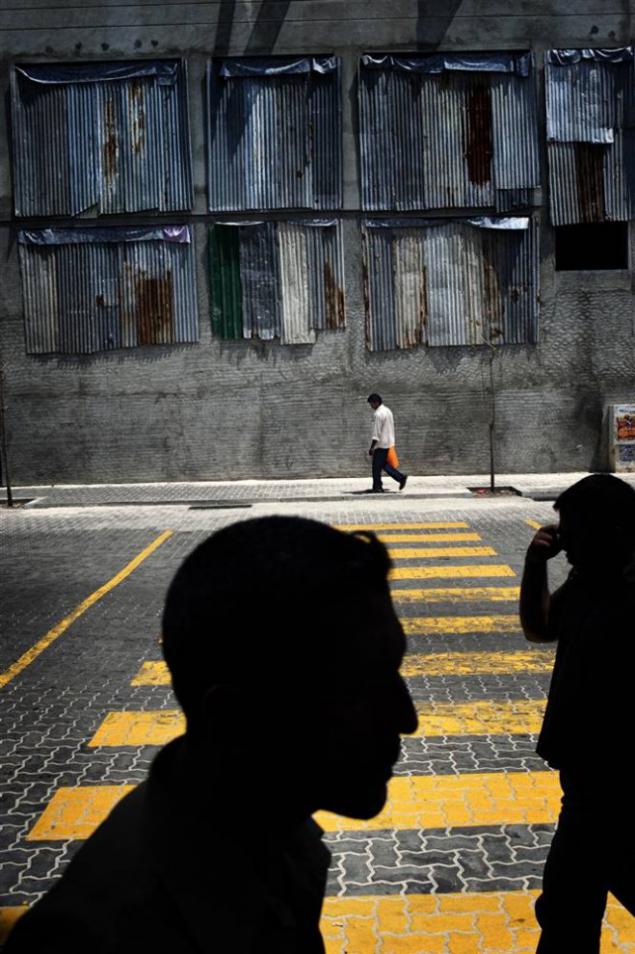
10. In the Maldives, there is an international airport on the island of Hulhule. Its runway is only one meter above sea level. At high tide, this distance is reduced to only 50 cm. (Francesco Zizola / Consequences by NOOR)
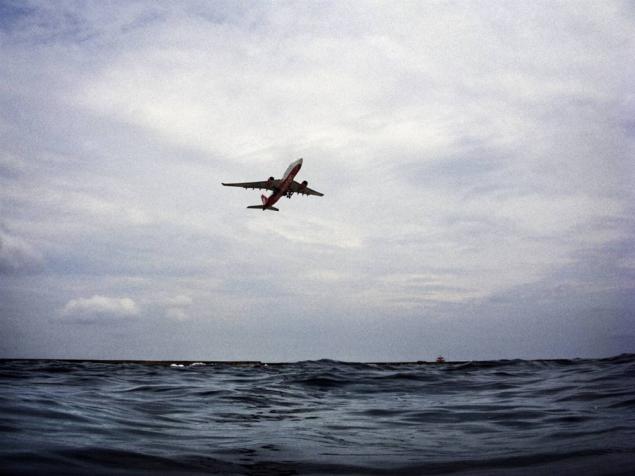
11. Residents of the Male and the Maldives are the other part of island culture stretching back at least 2,000 years. "We do not want to leave the Maldives - says the president Mohamed Nasheed. - But we also do not want to become "climate refugees" and live in tents and camps for decades. " (Francesco Zizola / Consequences by NOOR)
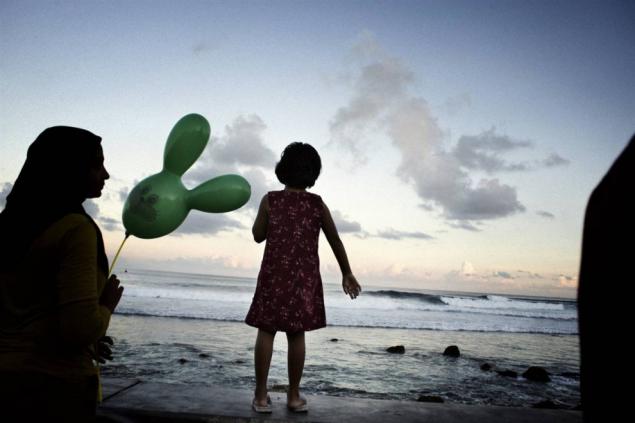
Source: http: //
11 phot via Bigpicture
1. The capital of Male (pictured) - one of the most densely populated cities in the world. Nearly 104,000 people crammed on the island area of 1 sq. miles.

2. Male is only 91 cm above the sea level. To this was added sleep shallow water with sand and stones. This is closer to the outer island coral reef, reducing the ability of the reef to protect the land from storms and rising sea levels. To protect Male from storms and tides around the state was erected concrete barrier (part of it you see in the picture) $ 60 million. "I chose the Maldives, because this country is the closest to sea level - says photographer Francesco Zizola. - If what scientists say global warming is true, then the Maldives will be the first to go under water. " (Francesco Zizola / Consequences by NOOR)

3. Residents often use low tide to collect stones and other materials to enhance washed areas close to their homes and businesses. Over the last century, sea levels around the world rose by 20 cm, mainly because of the melting of ice in Greenland and the Antarctic Peninsula, as well as due to the thermal expansion of water. 20 cm does not seem like much, but for every inch of the Maldives is vital. (Francesco Zizola / Consequences by NOOR)

4. Maldives plan to move to processing power, but still enjoys the diesel plant to generate electricity at Male. (Francesco Zizola / Consequences by NOOR)

5. Laying of the sea wall, worth $ 60 million was funded by Japan. Wall encircles Male nearly 6 km long and is 3 meters in height. (Francesco Zizola / Consequences by NOOR)

6. Sea level rise - not the only problem in the country. Sea oxidized due to carbon dioxide emissions, and this has a negative effect on fisheries and coral reefs, which are dependent on the hundreds of species of fish. Fishery is 20% of the GDP of the Maldives and provides some 22 000 jobs. (Francesco Zizola / Consequences by NOOR)

7. On the island Vilingili and other 1200 islands that make up the Maldives, collect sand. This is often illegally, mainly to maintain the cement industry, which makes the state more vulnerable to sea level rise, high tides and storms. (Francesco Zizola / Consequences by NOOR)

8. In addition to the problems of climate Maldives struggling with rubbish being left with locals and tourists. Most of the waste is sent to the island Thilafushi, also known as "Garbage Island". The former was once a vast lagoon, now this area is an island, after 1922 began to fill the lagoon waste. Most of the waste is burned workers. Cans, metal and cardboard are sent to India, but the garbage is not sorted. (Francesco Zizola / Consequences by NOOR)

9. Residents Male hardly a symbol of the "green" life. Apart from fuel combustion for electricity generation and sending debris to another island, the capital of the Maldives is pumping raw sewage into the sea. (Francesco Zizola / Consequences by NOOR)

10. In the Maldives, there is an international airport on the island of Hulhule. Its runway is only one meter above sea level. At high tide, this distance is reduced to only 50 cm. (Francesco Zizola / Consequences by NOOR)

11. Residents of the Male and the Maldives are the other part of island culture stretching back at least 2,000 years. "We do not want to leave the Maldives - says the president Mohamed Nasheed. - But we also do not want to become "climate refugees" and live in tents and camps for decades. " (Francesco Zizola / Consequences by NOOR)

Source: http: //

